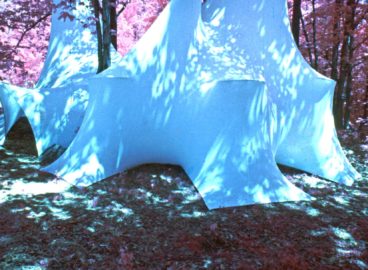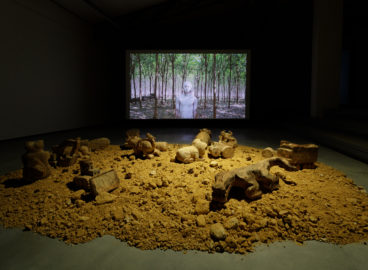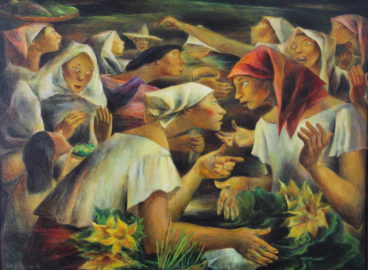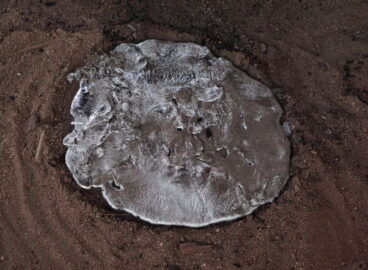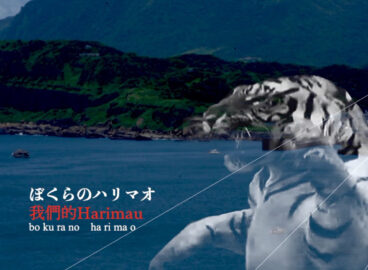Curator Chương-Đài Võ gathers artists S. Yi Yao Chao and Poklong Anading for an experimental conversation that responds to three archival collections at Asia Art Archive and, more broadly, approaches to artmaking in Southeast Asia.
By clicking on the images, readers can access interactive games, lists, videos, and social media activities that have been designed and/or documented by the artists. The first of its kind on post, this commission contributes to C-MAP Asia’s ongoing research and discussions about models of cultural work in Southeast Asia.
With lock-downs and slowdowns due to COVID-19 around the world, many arts organizations moved their exhibitions and programming online. This project started with two questions: how can we approach the Internet as a medium, and not just a platform, for artistic work, and how can digital archives generate new research and ideas? I invited two artists to collaborate on this project: S. Yi Yao Chao, a librarian at Asia Art Archive in Hong Kong, and Poklong Anading, an artist who has been involved in the Manila contemporary art scene for more than two decades and whose works feature in the Roberto Chabet Archive, the Green Papaya Art Projects Archive, and the Manila Artist-Run Spaces Archive. These three collections at Asia Art Archive feature many of today’s well-known contemporary artists from the Philippines. A spirit of collective aspiration runs through these archives, and seeded this collaborative project. We had many conversations one-on-one and as a group over half a year: to learn about each other’s practices, to explore and meander through the collections, and to find space for collective thinking and imagination.
—Chương-Đài Võ
Dear Chuong-Dai, with a u in front of an o,
Poklong and I don’t know if there is a story, or if we are the ones to tell it. Maybe there are multiple stories and ways to evoke a happening. To enter and reenter. But I like sitting with the ambiguities of what has been documented. In my first encounter with Poklong, we talked about prolific residencies, not remembering. We talked about documenting performance. Honestly, when we documented for our friends, we didn’t know what the documentation would be used for. Documentation is buried in hard drives, revealed online in an archive, with many peoples’ backs and blurred-out nuances.
What and when do we see decisions for retractions?
As informative as an archive should be, we want to focus, or be out of focus, on the ambiguities. Moments when we recognize revisions and changes, or just chase unrealized thoughts. I think we don’t care much for what happened, or feel the need to verify these revisions. But it’s the act of someone, a distant hand and their pencil marks, that remains on a work in process.
We share notes on Wednesday nights. Even without a time difference, the night catches Poklong earlier, while mine is an ultramarine blue. Our talks are very long, with many sidetracks and unused notes in duration, like experiencing and setting up makeshift screenings.
Sometimes we capture the impression of our dialogue in forms of attentive collages and drawings, photographs, videos with a small lens in our phones and multiple sunsets and moons, some telephone lines in between, new sprouts of plants drawing lines and spirals of a snail that was a pest and now traces of a pet’s pace.
An intermediate proposal,
S.
Written on some non-immediate days
***
[S.] Routinely through dispersed digitized folders, we began by sharing what I saw in the archive and what Poklong recalls, traces of himself and his friends. In Quezon City from 2004 to 2005, Big Sky Mind hosted two residencies: the inaugural Big Sky Mind Annual I1Big Sky Mind Annual I, exh. cat. (Quezon City: Big Sky Mind Artists’ Projects, 2004). and the closing 18th Avenue: Art and Life.218th Avenue: Art and Life, exh. cat. (Quezon City: Big Sky Mind Artists’ Projects, 2005). There is some photo documentation that is out of focus but artfully captured3See Poklong Anading and MM Yu, artist talk, October 11, 2003, https://hellomorning.netlify.app/residue/photo.html. of Poklong and MM Yu’s artist talk during the first residency. It is inconsistent at any angle but eye level. There is no overview. It’s interpersonal: There is a shared living and studio space. There are many ambiguities. Maybe we can only describe, maybe there is something new. We are not going back or preserving or recalling this moment. We are meeting in the present. There’s a meeting at 7:30 p.m. on Skype. With a bad connection, you move to a designated spot, the kitchen.
[Poklong] What came to my mind after seeing that short documentation was the plastic fillers that I use to store printed documentation for my portfolio. The documentation that leads to a video of the collaboration with MM Yu shows how PowerPoint was used to present artwork. Since the software has become a common ground for presenting work on the computer, I thought of hanging the plastic fillers on my studio walls, to catch traces of dust accumulated through time. Instead of showing physical art documentation, there would be physical traces of dust—a collection of my activities in the studio. I reflected over some questions for this project: What’s an archive? What are these records for? Where did it all start? Because of its grid-like pattern, these plastic fillers resemble the 300 Drawings of [Roberto] Chabet, which was the inaugural exhibition at Big Sky Mind in 1999, six years before I hung the plastic fillers on my studio walls.
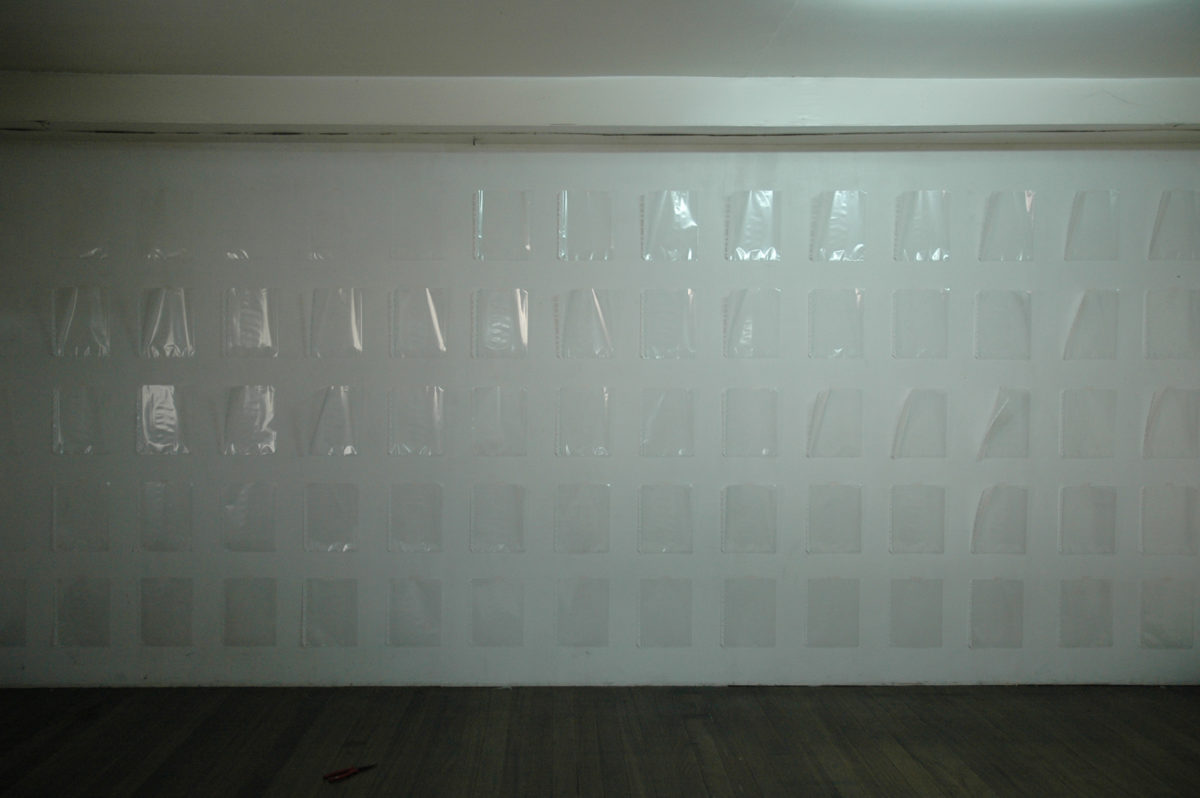
Alternative artist-run spaces thrived in the contemporary art community of 1990s and early 2000s Manila. As an artist who has participated in some exhibitions at these spaces and platforms, for this collaborative piece with Sam and Chuong-Dai, I gathered some material on selected group exhibitions held in these spaces. The process of archiving and filling in the gaps is an integral part of documenting. This has led me to continue collecting unrealized ideas and aspirations from the artists who were running these spaces for a project called AVoidWork, an audio-video compilation that uses video as a tool for expression. As part of my process, I ask to visit the artist and record their voice while they share their unrealized ideas. I then combine the recorded audio with video footage I took that relates to their ideas and their immediate environment while they were sharing their ideas. In this project, the idea is the actual work. Some of the ideas that they shared were related to the sustainability of their previous spaces, programs that they wanted to accomplish, and other ideas that they conceived after the closure of their spaces.
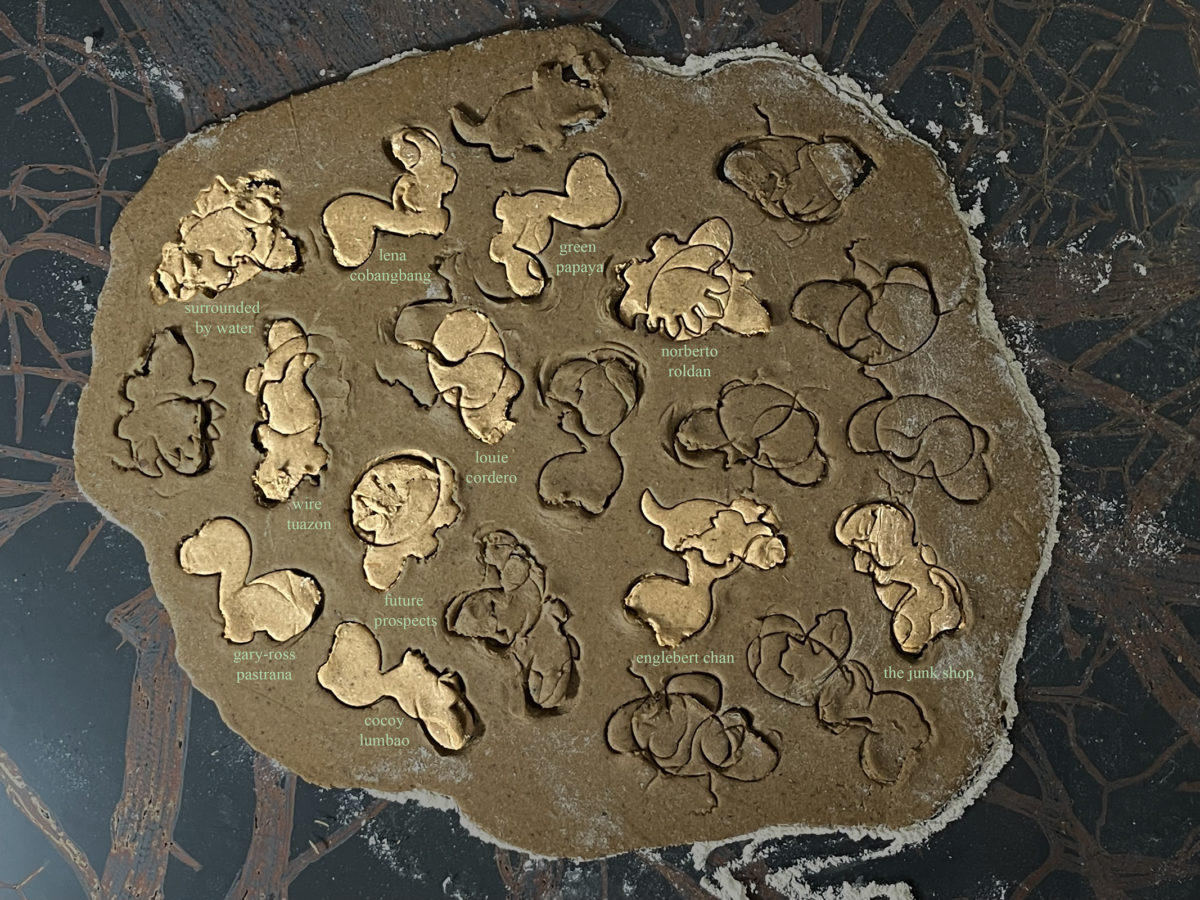
[S.] Sometimes Poklong and I talk about making lists as notes from our meetings. Other times it’s a drawing game generator to escape and randomize the list at the length of a waterfall. Sometimes we watch movies or documentaries about plants. Connected are loose leaves. Asia Art Archive’s collections are organized into a tree structure, a metaphor, a network in a cloud that’s actually in Singapore. There are fallen leaves on the floor and we draw them. We make pots and the materials we use sometimes make us allergic and overwhelm us.
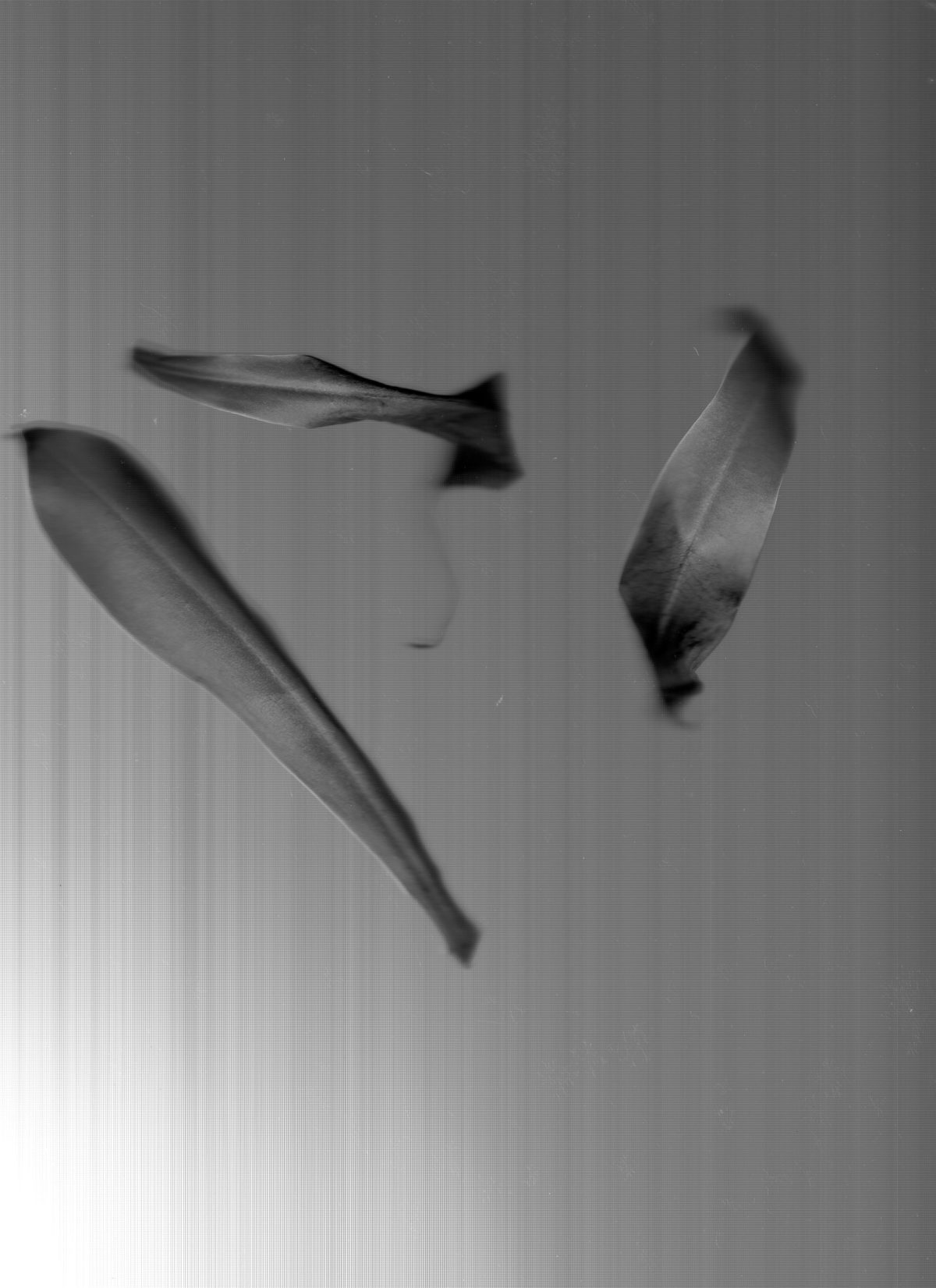
[Poklong] As Sam and I moved the conversation forward, these lists grew, seemingly endless and ambiguous. These ideas gradually conceived as I contemplated the artist residencies I had attended. A week at Freies Museum Berlin, Germany, 2010; 38 days at Galerie Zimmermann Kratochwill, Graz, Austria, 2010; 26 days at Cité internationale de Arts, Paris, 2014; and 16 days at Centre Intermondes, La Rochelle, France, 2014. Towards the sky, it seems that the branches of the tree are cracks when looking up from underneath. I would use these images and scrape on the backside of the mirror and make it into dining tables that reminded me of manhole covers. I thought about what was underneath these connections of human activities—the aftermath of eating, drinking, communicating, gathering—where all human activities flow: the sewage that is covered by manholes as if a reverse mirror. Some questions came to mind: What are artist residencies for? What are the connections between the place where I was and where I am now?
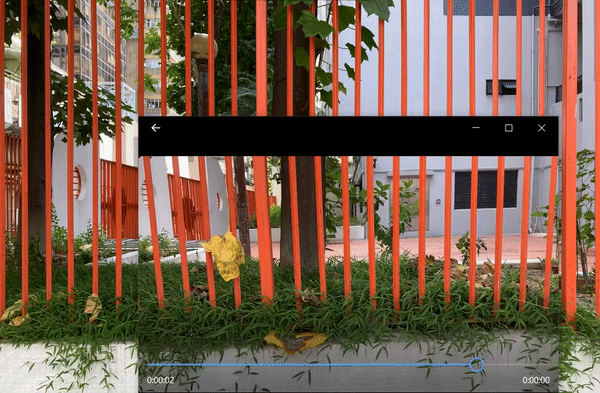
[S.] In the Roberto Chabet Archive, the artist Yolanda Laudico (Yoli) hangs banana leaves in a grid on a wall4Yoli Laudico solo exhibition, set of 5 photographic documentations of artworks. “Photograms by Yoli Laudico,” exhibition notes of Yoli Laudico’s “Photographs,” curated by Roberto Chabet at the Cultural Center of the Philippines (CCP) Small Gallery, April 29–May 21, 1972, Pasay City, https://aaa.org.hk/en/collections/search/archive/roberto-chabet-archive-1972-photograms/object/photograms-exhibition-notes. and exposes photosynthesized paper to light as a way to draw.5“Photograms by Yoli Laudico,” exhibition notes of Yoli Laudico’s “Photographs,” curated by Roberto Chabet at the Cultural Center of the Philippines (CCP) Small Gallery, April 29–May 21, 1972, Pasay City, https://aaa.org.hk/en/collections/search/archive/roberto-chabet-archive-1972-photograms/object/photograms-exhibition-notes. There is an Acer cappadocicum by a pathway near Asia Art Archive in Hong Kong, where people hide for a smoke break. If you can spot it, there are 2 papier-maché leaves that mark the pressing of the flowerpots for an Asparagus setaceus and a “left hand aromatic” 左手香 office plant.
[Poklong] Drawing with light is what photography literally means. I am curious about the idea of how leaves can be like a lightproof box for a pinhole camera, where they capture light during photosynthesis, producing food for the plant. Like our list-less page, the ideas and notes that go on and on can be written or drawn on leaves as additional insight, feeding the whole plant, the whole archive. A cross-reference to this idea is Gary-Ross Pastrana’s early work at Big Sky Mind about leaves and manuscripts, The Fall of Meaning (2000).
A hand may resemble a vessel—as if that of our own body, a host. An artist residency is also a host. Underneath the urban landscape and dwellings is a man-made channel hidden from plain sight. The leaves capture light, just like a hand can be seen and overlooked.
[S.] I don’t know how to end this text as I’m walking. Maybe in living there is no end but sameness, walking the same route but seeing something different. A rearranging. A new leaf growing. Another one withering. Feeding some new pests and pets.
[Poklong] There are certain things that we act on without knowing how we would translate them into words. This was what we sought to address with the idea behind missing vocabularies, a group exhibition I organized at Green Papaya. Gathering with friends to have a group show together reminds me of Tom Marioni’s work The Act of Drinking Beer with Friends Is the Highest Form of Art.6Tom Marioni. FREE BEER (The Act of Drinking Beer with Friends Is the Highest Form of Art). 1970–79. Refrigerator, framed print, shelf, beer bottles, and lightbulb, 114 in. x 114 in. x 60 in. (289.56 x 289.56 x 152.4 cm). Collection SFMOMA. Anonymous gift. https://www.sfmoma.org/artwork/99.70.A-E. In our current era of accelerated production and social-media interaction, our ways of interacting with each other have changed. When we wanted to drink with friends before, we would hang out at gallery openings. Nowadays, my friends will send messages and invite me for e-numan (from the Tagalog word inuman), which translates “to drink on Zoom online meetings.” It seems like other informal acts of exchange and collaboration may never happen again like how it was before.
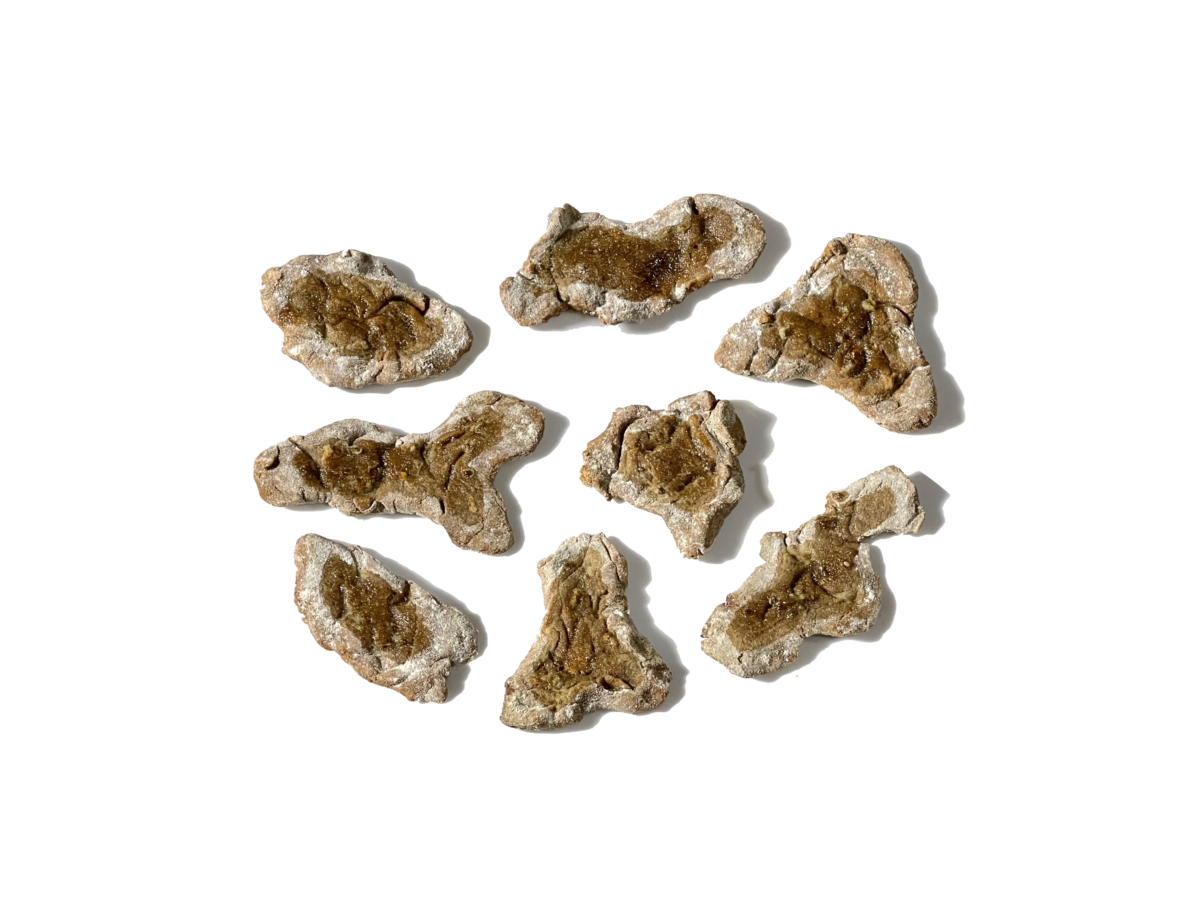
On September 21st of 2003, during the anniversary of the 1972 martial law declaration in the Philippines, a group of artists including MM Yu, Lena Cobangbang, Louie Cordero, Jayson Oliveria, Jun Sabayton, and I held the first iteration of the food pest project at a canteen at Big Sky Mind’s Cubao 18th Avenue compound. All of us, with the exception of Jun Sabayton, were in residence there at the time. It was an act of coming together on a day that signaled the start of one of the darkest periods in Philippine history, a time when even the most basic civil liberties, like the act of gathering with people, could easily become suspect. We invited people to come and bring or prepare any dish or food they wanted to, and to share those dishes with everyone. For the second iteration of food_pest, now during a pandemic in which movements are restricted and meeting with people is almost impossible (and under a corrupt and dictatorial Philippine government as in 1972), in earnest solidarity, we are inviting people on Instagram to share a food recipe: it can be a text, a video, an audio recording, a series of drawings. And if anyone would like to send a prepared dish to someone, we would gladly facilitate the delivery to their intended recipient.
[S.] People believe archives are depositories for potential afterlives. Ephemera are saved for make-shift and guerilla-style events to be revisited. From a lived experience to a document, to a collision of both and maybe something new.
[Poklong] The past can make sense of the future. Archiving as how we are with social media has become our palpable presence. The depository list of ephemera is timeless. We are uncertain when it will end or start anew again. As Umberto Eco said, “We like lists because we don’t want to die.”7Umberto Eco, “We Like Lists Because We Don’t Want to Die,” interview by Susanne Beyer and Luthar Gorris, Speigel International, November 11, 2009, https://www.spiegel.de/international/zeitgeist/spiegel-interview-with-umberto-eco-we-like-lists-because-we-don-t-want-to-die-a-659577.html.
[S.] Forgetting or a list and very fragmented processes to remind
No structure
Noninvasive and just focusing on the material
Looked
less on the subject and the narrative
They are just spaces and loose fragments
Residues and brief pausings
(A nap, a walk and this lake which isn’t the same river but just a body of water)
Remove and rearrange all the labels into loose leaves
In passing
The influence of material—here are many and all together. In looking through the archive, I can see remains, bits and pieces. Its navigation is vast and open. Its fragments can be rearranged and have a different orientation each time. We write to remember and we draw to mark where we left off so we can forget.
What I have to say changes but there are some pinpoints . . . it is really not important and preferably disposable when it becomes materialized. I don’t want to influence or guide you too much. That will distract you from getting lost. Don’t trust me too much. I don’t remember and I know in bits.
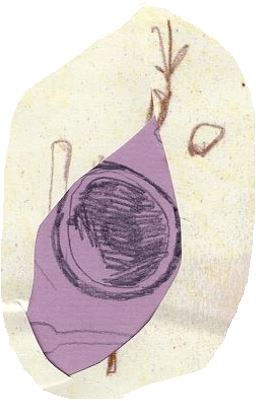
[Poklong] Like plants, ideas grow. It begins with the process of seeding, flowing in our sensory nerves, and expanding like branches of a tree or sprouts like a rhizome on the ground. It withers away as our memory may remember anything or may forget. Our body’s response is either to make a move or make a mark / unmarked.
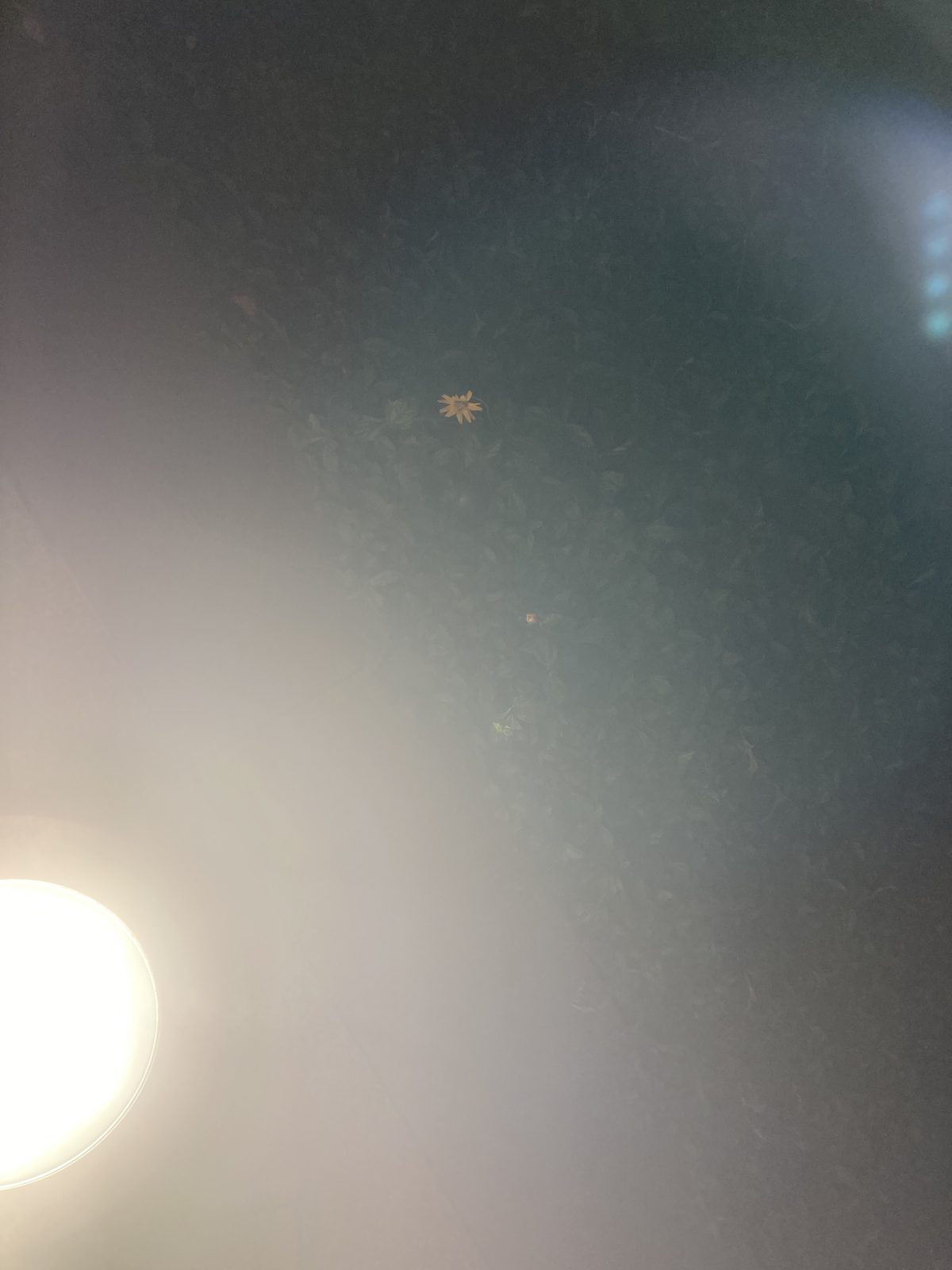
- 1Big Sky Mind Annual I, exh. cat. (Quezon City: Big Sky Mind Artists’ Projects, 2004).
- 218th Avenue: Art and Life, exh. cat. (Quezon City: Big Sky Mind Artists’ Projects, 2005).
- 3See Poklong Anading and MM Yu, artist talk, October 11, 2003, https://hellomorning.netlify.app/residue/photo.html.
- 4Yoli Laudico solo exhibition, set of 5 photographic documentations of artworks. “Photograms by Yoli Laudico,” exhibition notes of Yoli Laudico’s “Photographs,” curated by Roberto Chabet at the Cultural Center of the Philippines (CCP) Small Gallery, April 29–May 21, 1972, Pasay City, https://aaa.org.hk/en/collections/search/archive/roberto-chabet-archive-1972-photograms/object/photograms-exhibition-notes.
- 5“Photograms by Yoli Laudico,” exhibition notes of Yoli Laudico’s “Photographs,” curated by Roberto Chabet at the Cultural Center of the Philippines (CCP) Small Gallery, April 29–May 21, 1972, Pasay City, https://aaa.org.hk/en/collections/search/archive/roberto-chabet-archive-1972-photograms/object/photograms-exhibition-notes.
- 6Tom Marioni. FREE BEER (The Act of Drinking Beer with Friends Is the Highest Form of Art). 1970–79. Refrigerator, framed print, shelf, beer bottles, and lightbulb, 114 in. x 114 in. x 60 in. (289.56 x 289.56 x 152.4 cm). Collection SFMOMA. Anonymous gift. https://www.sfmoma.org/artwork/99.70.A-E.
- 7Umberto Eco, “We Like Lists Because We Don’t Want to Die,” interview by Susanne Beyer and Luthar Gorris, Speigel International, November 11, 2009, https://www.spiegel.de/international/zeitgeist/spiegel-interview-with-umberto-eco-we-like-lists-because-we-don-t-want-to-die-a-659577.html.
- 8Subtitled excerpt of audio recording of “Lukas the Strange,” told by John Torres. Kent Chan in conversation with Tito & Tita as part of the Kent Chan Residency, July 29, 2013. Overlaid on a video clip of a night walk by the Sun Yat Sen Memorial Park, August 2, 2021. https://hellomorning.netlify.app/residue/residue.html.
